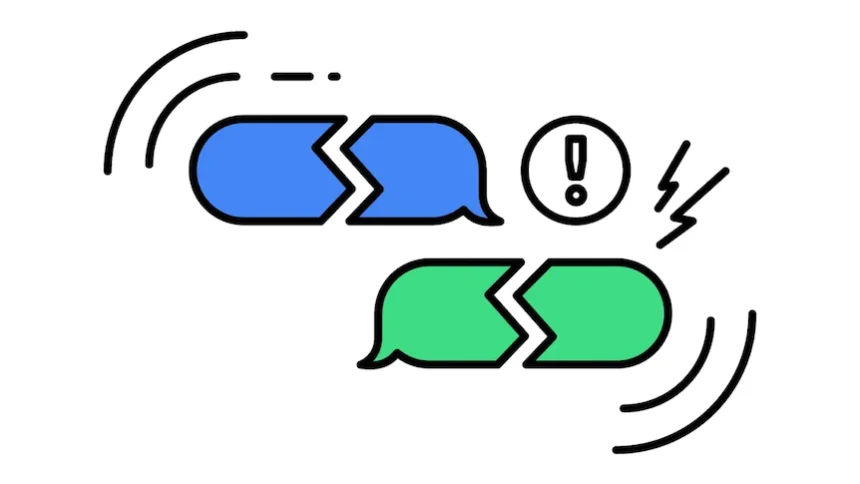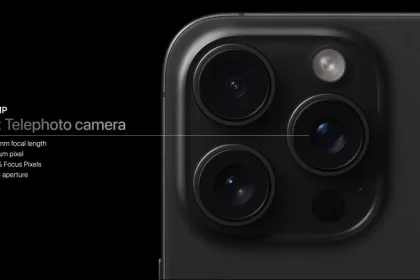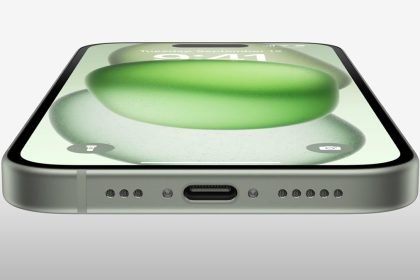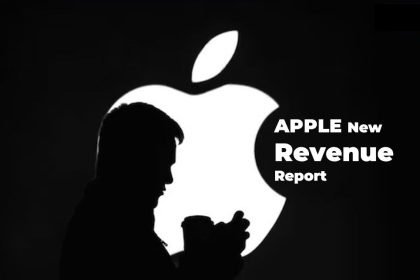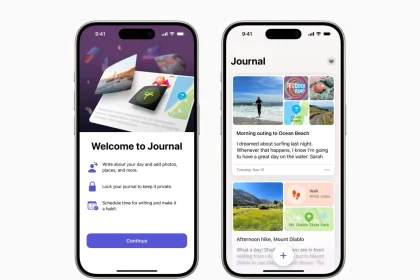In the past, Apple’s CEO, Tim Cook, dismissed the idea of integrating RCS into iMessage, emphasizing that it’s exclusive to Apple’s ecosystem. This was a deliberate strategy to keep iMessage locked to Apple products and as a tool for retaining its users.
However, after the EU pressure to embrace the RCS standard, the company has decided to integrate support for the Rich Communication Services (RCS) standard on iOS, a move that is set to reshape the messaging landscape and at the same time marks a significant shift from its historical stance.
Brief history of SMS
Short Messaging Service popularly known as SMS, has been around for decades and has evolved significantly since its inception in the early 1990s. This technology allows mobile devices to exchange concise messages of up to 160 characters for communication simplicity.
In the early 2000s, the Multimedia Messaging Service (MMS) emerged, offering users the ability to send longer messages and a modicum of multimedia content such as photos, short videos, or audio files. While these traditional messaging services still boast billions of users, they are facing formidable competition from internet-based platforms like Facebook Messenger, WhatsApp, Instagram, TikTok, WeChat, and many others, each seeking user’s attention and loyalty.
Apple’s iMessage, a distinctive player in this area, introduced a new feature that we know today as message color bubbles, which when exchanged between Apple devices, iMessages appear in blue bubbles, while interactions with non-Apple devices are denoted by green bubbles. This color coding results from the use of either SMS or MMS for cross-device communication signals the presence of a non-Apple device in the conversation and this is where the problem lies.
The Green Bubble Dilemma
For years, Apple’s reluctance to adopt RCS has been a source of debate, leading to the infamous “green bubble” stigma that has plagued cross-platform messaging. Apple’s reliance on SMS instead of Rich Communication Services (RCS), an advanced messaging protocol creates complications for users communicating between Apple devices and those powered by Google’s Android software and will only cause issues like the inability to text over Wi-Fi, disrupted group chats, absence of read receipts, low-resolution media, and lack of typing indicators.
The company has now acknowledged that the RCS Universal Profile offers a superior interoperability experience compared to traditional SMS or MMS. Apple’s adaptation of RCS is seen as a response to the persistent pressure from Google and the broader tech community to bridge the gap between iPhone and Android messaging.
Not just that, in a twist of societal influence, the colors of message bubbles have become so significant in the United States that students with non-Apple phones, displaying green bubbles, have reportedly faced bullying from their peers, according to the Wall Street Journal. Google’s senior vice president of Android, Hiroshi Lockheimer, criticized this behavior, stating that using peer pressure and bullying to promote products contradicts the principles of a company that values humanity and equity.
The “green bubble” dilemma has long been a point of contention within the tech community. Messages sent from Android to iPhones are distinguishable by their green bubble, creating a visual divide that has been criticized for contributing to messaging fragmentation. Critics argue that this divide goes against the principles of interoperability and user convenience, values championed by the RCS standard.
While Apple’s decision to support RCS is a positive step, messages between Android and iOS devices will still be displayed in green bubbles, reigniting discussions about the need for full RCS support within iMessage.
RCS: A Collaborative Industry Effort
At the same time as Apple’s RCS announcement is the call from Google and telecom operators for EU regulators to categorize iMessage as a “core” service under the new Digital Markets Act. This move seeks to compel Apple to make iMessage fully compatible with rival platforms, further emphasizing the importance of messaging interoperability in the evolving digital landscape.
RCS, a collaborative effort involving major players like Google, Samsung, and telecom operators, aims to enhance traditional SMS by introducing features such as richer texts and end-to-end encryption. The widespread adoption of RCS has significantly improved messaging experiences for Android users, but Apple’s absence from this ecosystem has been a longstanding roadblock to seamless communication between devices.
As Apple discloses its anticipation of policy changes to comply with upcoming guidelines, the tech industry eagerly awaits the impact of this paradigm shift in the messaging landscape. Will Apple’s support for RCS lead to a more cohesive messaging experience for users across platforms, or will there be continued challenges in achieving true interoperability? Only time will tell, but one thing is certain – the RCS revolution is set to shape the future of messaging.

